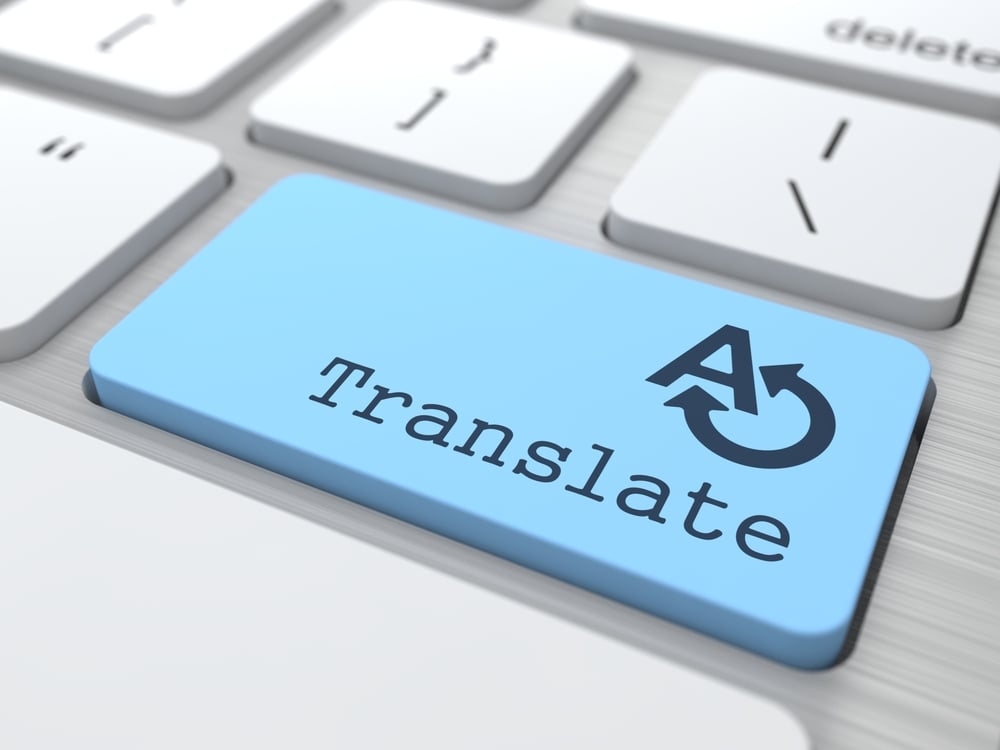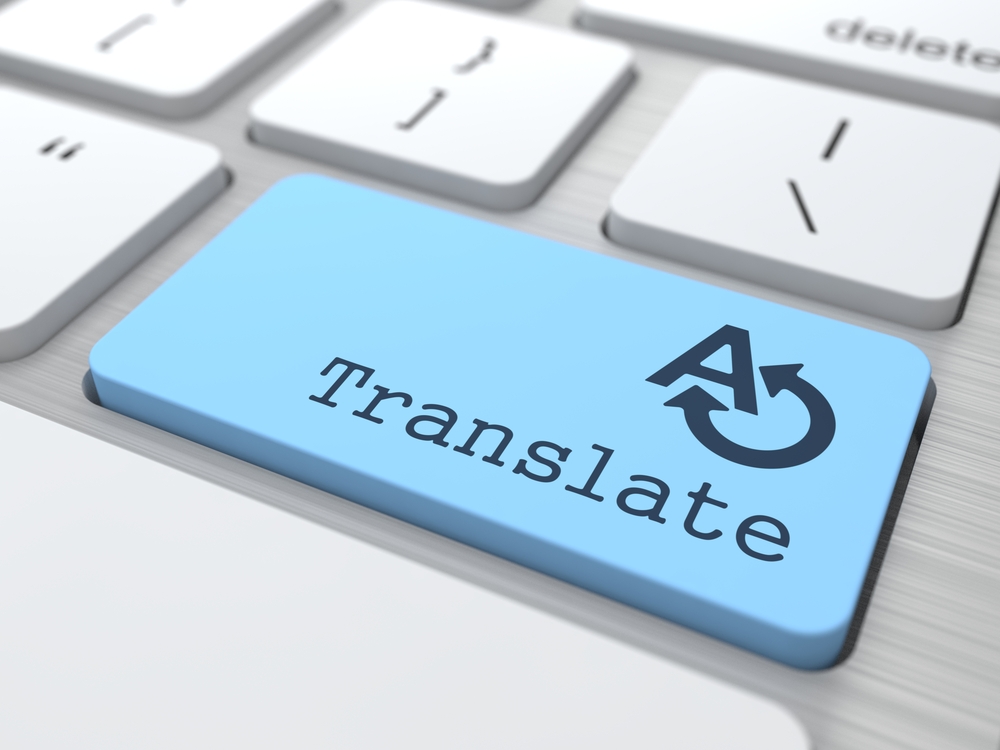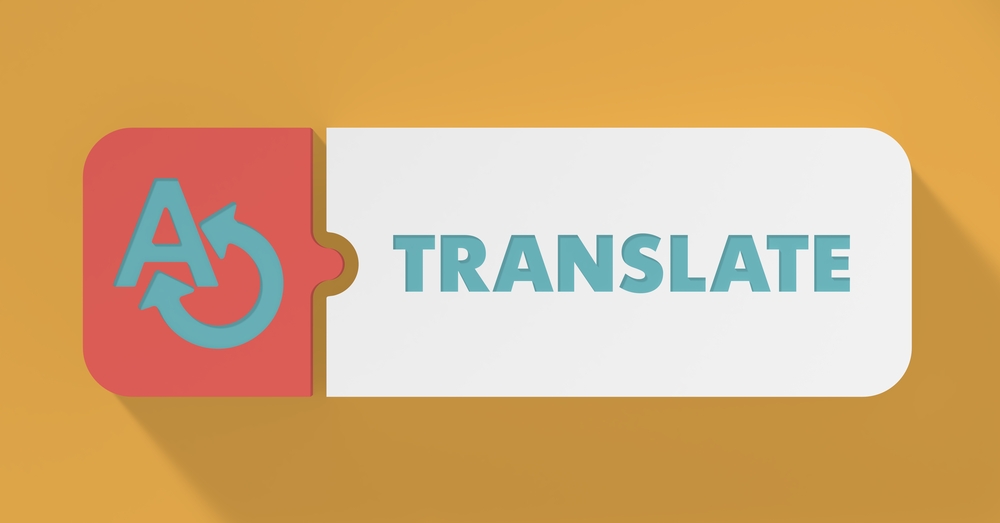
ChatGPT Isn't a Reliable Source for Accurate Translations
Using AI for Marketing For marketers, AI is great for helping to generate content ideas, such as blog posts and social ...

Table of Contents
Creating content that can reach a global audience is essential, especially since content and ideas are shared so easily across borders and cultures today. Whether you are a website owner, a technical writer, or a content creator, writing in a way that allows for easy translation is a valuable skill. While American English is widely understood, ensuring that your content can be accurately translated into other languages is crucial for maximizing your reach and effectiveness.
Here are some practical tips to help American English writers create content that can be easily translated for websites, user guides, and various other mediums.
One of the most essential principles in writing for easy translation is simplicity. Avoid using complex sentence structures, idiomatic expressions, and jargon that may not have direct equivalents in other languages. Stick to straightforward language that conveys the intended message without ambiguity. Short sentences and concise paragraphs are preferred, as they are easier to understand and translate accurately.
Jokes can be highly culture-specific, leading to confusion or misinterpretation during translation. What might be funny in American English might translate poorly into another language, so it's best to rely on something other than jokes or cultural references in your content. Instead, focus on providing universal information and engaging with readers through relatable and relevant topics.
Maintaining consistent and correct spelling and grammar is vital for smooth translation. American English follows certain conventions that might differ from those of other languages. Be mindful of this while writing, as errors or inconsistencies can cause difficulties during translation and potentially mislead readers. Use grammar-checking tools to minimize mistakes and maintain uniformity (my favorite is Grammarly).
When content is translated into other languages, the length of the text can change significantly. Some languages may require more words to express the same idea (text expansion), while others might need fewer words (text contraction). To accommodate these variations, leave some room for flexibility in design and layout. Avoid overcrowding designs with text and ensure space to accommodate longer translations without disrupting the overall visual appeal.
Providing clear context and explanations for specialized terms or concepts is essential in technical or instructional content. While translating, some words may have a different equivalent in the target language. By offering detailed explanations, translators can better understand the context and use appropriate alternatives, leading to accurate and effective translations.
Consistency is critical to easy translation. Create a style guide with a list of preferred terminology and stick to it throughout your content. This will help maintain clarity and coherence during translation, as translators won't need to search for appropriate terms or make assumptions about your intended meaning.
Many countries list dates in different formats. Since this information is essential, the content must specify dates. For example, some countries use Day/Month/Year, while others use Month/Day/Year when writing out a date. So 3/10/2023 would be March 10, 2023, to some, and October 3, 2023, to others. It’s best to spell out the month's name to avoid confusion.
For critical content like user guides or websites, it's important to work with professional translators. These experts possess the linguistic skills and cultural knowledge necessary to deliver accurate translations that resonate with the target audience.
Writing content that can be easily translated is an art that requires clarity, simplicity, and cultural sensitivity. By following the tips above, American English writers can create seamless content between language barriers, making it accessible and impactful to a global audience. Embracing these practices will enhance your content's reach and demonstrate respect for diverse cultures and languages, fostering meaningful connections with readers worldwide.
Do you have a project that needs a professional translator? Let us know! Global LT’s team of experts is equipped to meet your specific needs.
This blog post was written by Megan Tully, Marketing Manager.

Using AI for Marketing For marketers, AI is great for helping to generate content ideas, such as blog posts and social ...

A Top Translation Service Global LT was recently recognized as a top translation provider by TechTimes.com. Their list ...

In today's interconnected world, businesses have tremendous opportunities to expand their reach and tap into new global ...
Please fill out the form below for more information or to schedule a consultation.